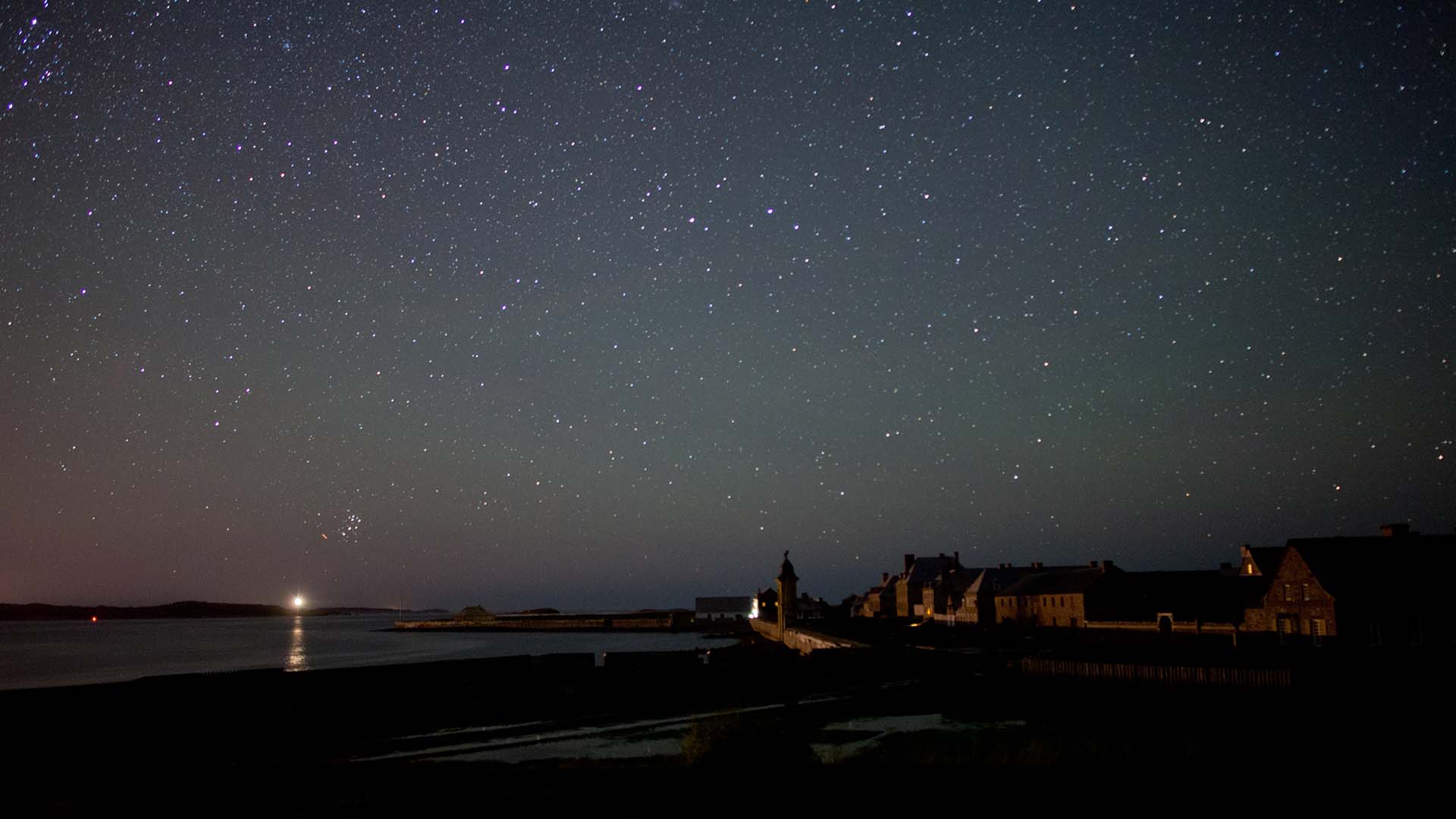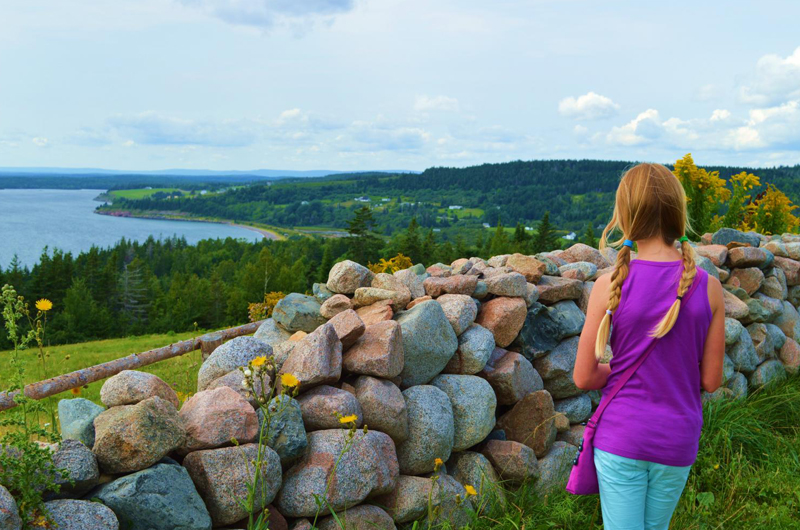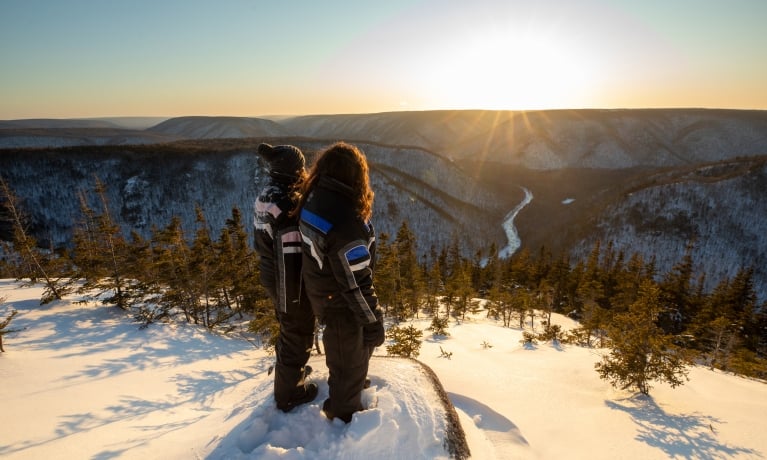Overview
The Ruins Walk invites you to visit the original foundations of 18th-century homes and fortifications not featured in the reconstruction of the Fortress of Louisbourg. This meandering 2-kilometre coastal walk is an authentic experience of history and nature connecting in an unforgettable way. Some notable ruins include the 100-bed hospital and the convent of the congregation of Notre-Dame. You will also visit centuries-old burying grounds.
Beautiful views of the harbour opening and the Louisbourg Lighthouse are signature features of the walk. This scenic coastal area is a perfect place to watch for seabirds as you stroll alongside cobblestone beaches and places where angelica and moss have transformed the landscape. A strong sea-breeze and white-capped waves will remind you that you are on the unforgiving coast of the Atlantic Ocean, and from your vantage point the next port of call is La Rochelle, France.
When low-hanging fog blankets the coast, it is easy to feel you have been transported back in time. Imagine challenges and adventures you would have faced if you had arrived on these shores 300 years ago.
While the ruins have remained untouched by modern construction, the area has been affected by the forces of nature. Using period records we have determined that the sea level in this area has risen one metre since the 18th century. The area has also been severely affected by coastal erosion and increased storm activity. In some areas the coastline has retreated as much as 32 metres. In response to these impacts of climate change, this area is the site of active archaeology, working to record and collect important historical information before it disappears into the sea. To learn more about the bioarchaeology field school hosted in partnership with the University of New Brunswick, visit their website.
For your comfort and safety:
– Do not approach, disturb or feed wild animals.
– Take along appropriate clothing – rapid weather changes often occur along the coast.
– Carry water with you.
– Bring insect repellent as black flies and mosquitoes are common all summer.
– Stay on designated trails for your safety and to protect fragile vegetation.
– Do not throw food or scraps along the trails or roads.
– Read “Keep it Wild, Keep it Safe” brochure, available at park visitor centres and on the Parks Canada website.



















